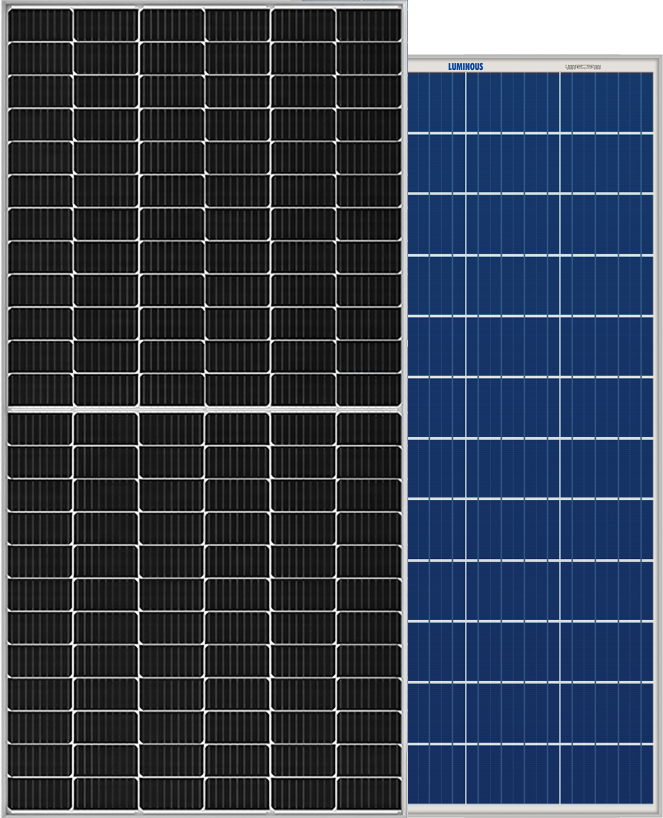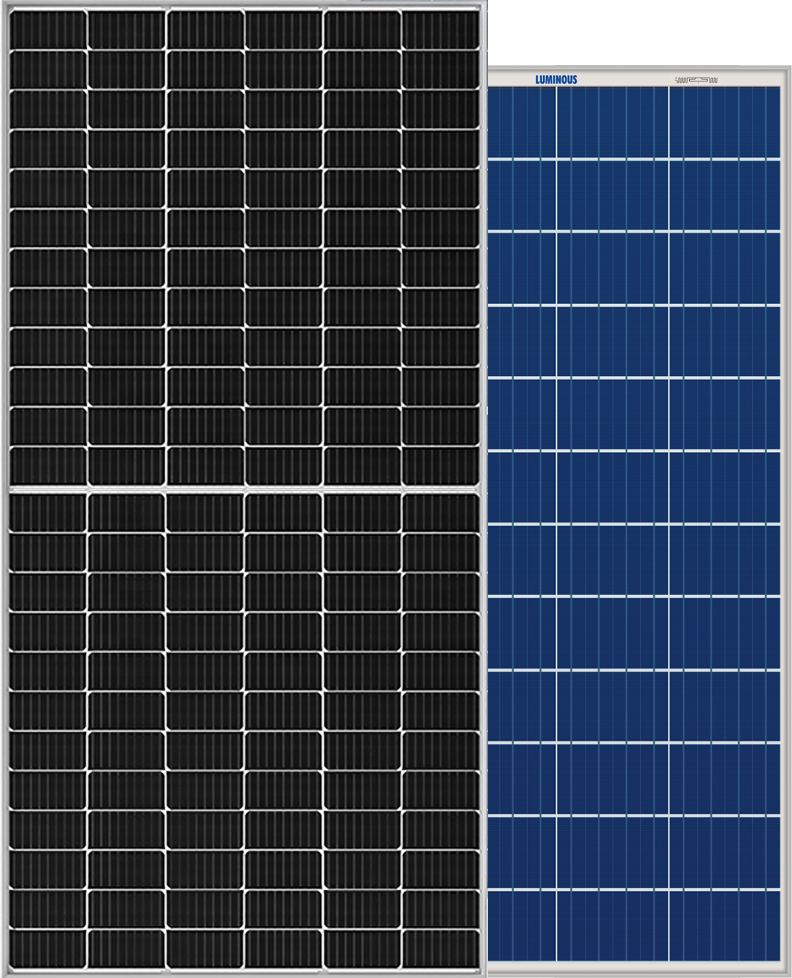Solar panels are now making it to the roof of most commercial and housing spaces. It’s not an uncommon sight to spot a solar panel these days especially when the world is getting more and more enlightened about the many benefits and potential of solar energy.
A solar panel is a device that absorbs and stores sunlight to convert it into electricity. Today, we’ll be understanding how solar panels are made, the solar panel components, the manufacturing process, and a lot more.

Solar Panel Components
The process of manufacturing solar panels includes assembling six different components to build a functioning solar panel. These solar panel components include silicon solar cells, a glass sheet, a metal frame, a bus wire and a standard 12V wire.
Here are the solar panel components in detail:
- Silicon Solar Cells
Silicon solar cells serve as the foundation of a solar panel. Silicon solar cells transform the sun rays into electricity through the photovoltaic effect. The photovoltaic effect refers to the production of electric current and voltage upon exposure to light. These silicon solar cells are joined together between the glass panels in a matrix-like structure. These silicon cells interact with the thin glass wafer sheet to create an electric charge. - Metal Frame
The metal frame of a solar panel helps in mounting the solar panel at the desired angle. In addition to that, it is useful in offering protection against dangerous scenarios such as overheating, short-cuts or cold weather conditions. - Glass Sheet
A glass sheet is an important solar panel component when it comes to offering protection to silicon solar cells inside a solar panel. The glass sheet is usually 7-8 mm in thickness present under the glass exterior. The panel comprises a protective back sheet and a casing for insulation to control humidity and heat dissipation inside the panel. The insulation is crucial a temperature increase can affect the efficiency, limiting the solar panel output. - 12v Wire
The purpose of a 12v wire is to regulate the amount of energy that is transferred into the inverter, helping maintain the efficiency of the solar panel. - Bus Wire
The role of bus wires is to connect the silicon solar cells parallelly and carry electric current.
How Solar Panels are Made
Now that we know what solar panels are made of, it’s time to understand how solar panels are made.
The answer to how solar panels is made is not a complex one but requires some level of basic understanding.
Solar panels are built of polycrystalline and monocrystalline solar cells that are assembled and closed under an anti-reflective glass sheet. Solar panels function through a photovoltaic effect, which is produced when the sunlight hits the solar cells and electricity is generated.
To know how solar panels are made, here are the five key steps that you need to know about:
- Solar Cell Making
Solar cells are the primary components of a solar panel. There are two types of solar cells – P-type and n-type solar cells. These cells are a combination of gallium/boron and crystalline silicon. It is when phosphorus is added to this combination, that electricity is generated in the cell.
- Installation of a Back sheet, Frame and Front Glass Cover
In order to offer protection to the solar cells, a back sheet is placed at the bottom. The back sheet is generally made from an ultra-durable plastic material. Following its installation, a glass sheet is placed top of the solar cells to filter and absorb the sunshine into the solar cells. These parts are joined together by a glue called Ethylene Vinyl Acetate (EVA). These components are held together by a metal frame which latches onto your roof’s mounting clamps. This is an essential step if we are talking about how solar panels are made.
- Install a Junction Box
A junction box’s function is to offer protection to the wiring of the solar panel. This is to ensure a constant flow of electricity moving between the panel and the inverter obstructing electricity from moving in a reverse direction.
- Quality Testing
Solar panels are not allowed to make their way into the market without going mandatory quality checks. This is to ensure that the solar panels meet the efficiencies, projected outputs, and other promises made by the manufacturer in their technical specification sheet.
The Manufacturing Process of Solar Panels
Now that we know how solar panels are made, let’s understand their manufacturing process. This is to be noted that the manufacturing process varies according to the type of solar panel.
Monocrystalline solar panels are built from a single silicon block and in a silicon wafer format. The manufacturing process includes cutting individual silicon wafers of silicon that can be attached to a solar panel
The production of individual monocrystalline wafers is more expensive, given the fact that the process is more labor-intensive.
Polycrystalline solar cells are also built from silicon cells. However, they are not formed using one single block, instead, they are formed by melting multiple silicon crystals together. These silicon crystals are melted and then re-fused together into the panel itself.
The Bottom Line
Now that you know about the solar panel components, and how solar panels are made, understanding how solar panels work would not be complicated.
If you are planning to buy a solar panel for your personal or commercial establishment, we are the brand you must consider. When it comes to innovative and top-quality solar solutions, Luminous has been a market leader for decades. Our 100000+ happy customers have trusted our products and services without any regrets. You can choose from our exclusive range of products and services to make your days comfortable, and life easier.

Leave a Reply